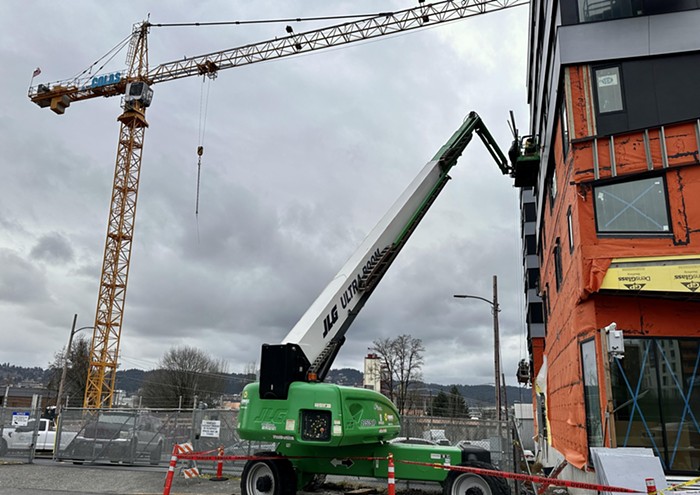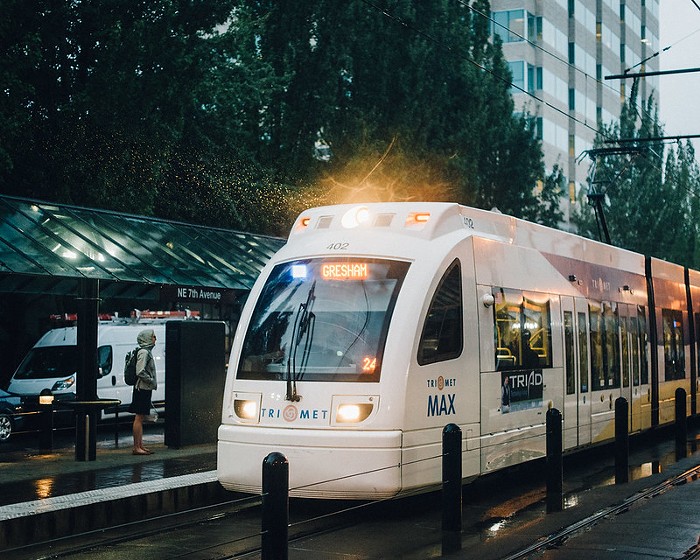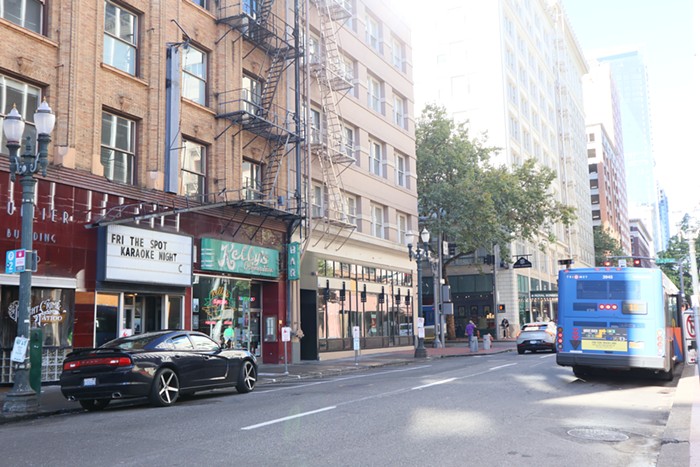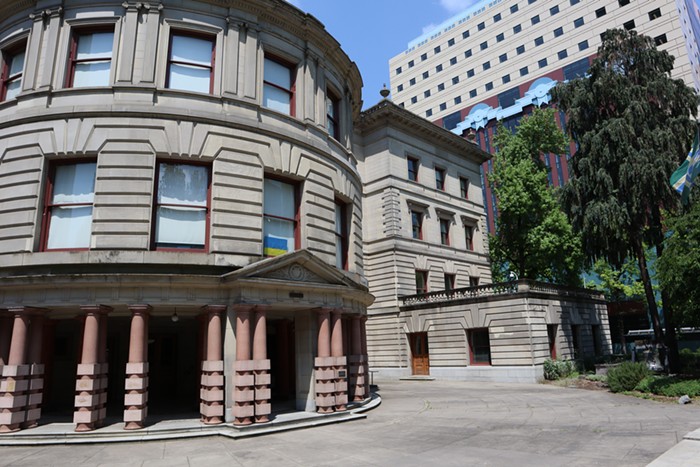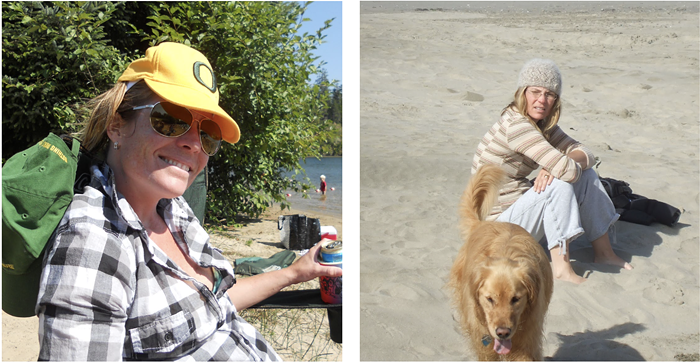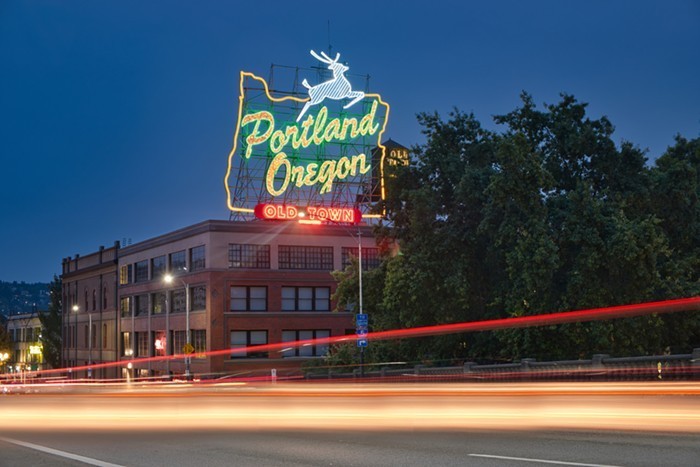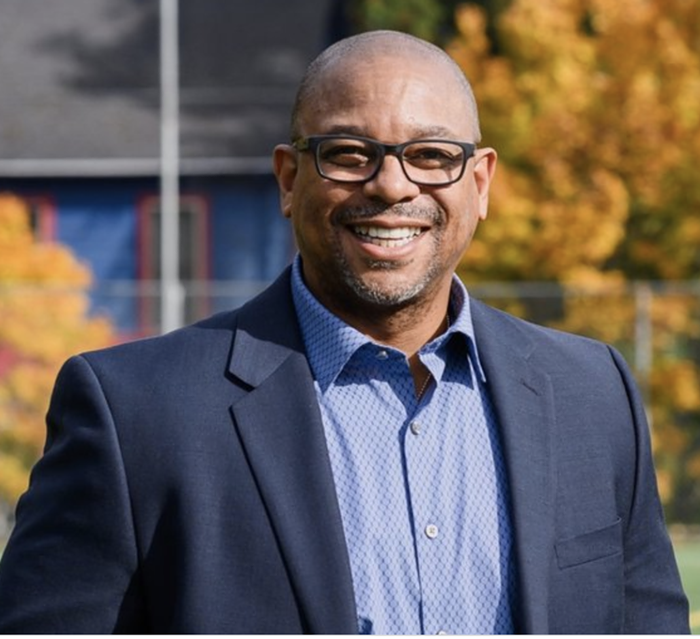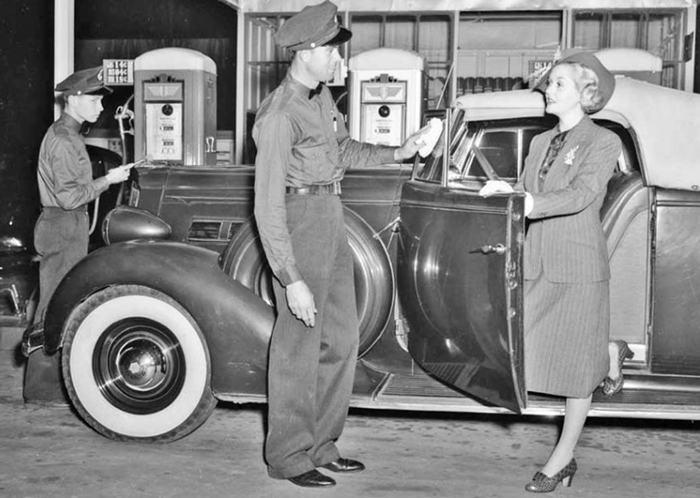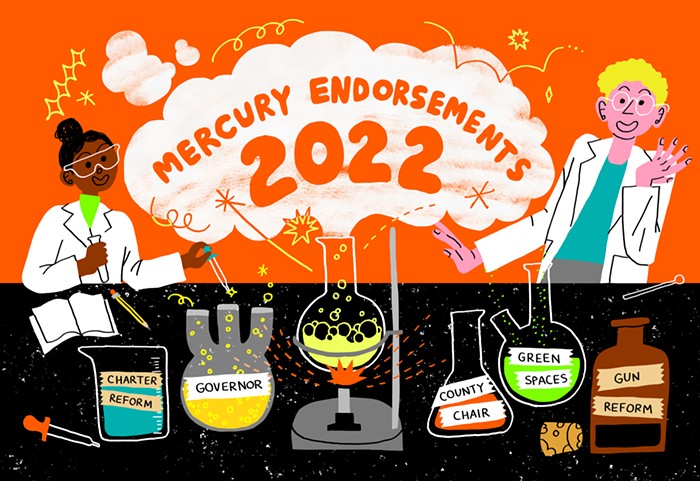
The Portland Clean Energy Community Benefits Fund (PCEF) announced its inaugural round of grantees last month. Also known as Portland’s version of the Green New Deal, PCEF aims to fund climate action projects while centering racial and social justice.
PCEF, passed as a ballot initiative in 2018, is funded through a 1 percent business license surcharge on businesses making over $1 billion in annual revenue and at least $500,000 in sales in the Portland area—that means big businesses such as Walmart, Target, and Ikea. The fund expects to raise $40 to $60 million per fiscal year from the surcharge, which is then distributed as grants for clean energy projects that benefit communities who are most impacted by climate change, like communities of color and low income communities. The grant committee that makes project and funding recommendations is made up of nine volunteers who have experience in the construction and green energy field.
PCEF is unique because it is the first municipal clean energy fund in the nation to benefit people of color while being led by people of color. Because the fund is the first of its kind, PCEF’s grant committee has been refining the process by seeking input from community members who are accustomed to being overlooked and left behind by the city when it comes new investments.
The fund awarded its inaugural round of grants in April, doling out $8.6 million across 45 grants towards clean energy projects and workforce development in the Portland area. According to PCEF Program Manager Sam Baraso, this year was like a “beta year”where the grant team was able to build the foundation for how the program works going forward. Next year, the fund will give out $60 million in grants.
“We're now going through a long evaluation process with a lot of our grant applicants in order to hear what worked well, what didn't work well, and adjust the [application] questions, but the first year was largely a success,” Baraso said.
The bulk of the grants, about 40 to 60 percent, are awarded to projects that do repairs and upgrades like installing solar panels or improving a building’s energy efficiency. Then, 20 to 25 percent funds workforce development, and 10 to 15 percent is used for regenerative agriculture, like planting vegetation that sequesters carbon from the environment naturally. Because it’s the program’s first year, Baraso said they also wanted to “seed” the beginnings of several new projects, which is why majority of the grants awarded are for project planning. Previous recipients of grants are eligible and encouraged to reapply, so Baraso hopes the recipients of the planning grants will reapply next year when they’re ready for next steps.
That’s what the creators of AfroVillage Homebase, a cultural and community hub for Portlanders of color with a focus on women and people experiencing housing insecurity, plan to do.
AfroVillage Homebase is the brainchild of LaQuida Landford, a Portland housing justice advocate, and Marta Petteni, a designer working with Portland State University’s (PSU) Homelessness Research and Action Collaborative (HRAC). Landford previously worked as a housing case worker with Urban League of Portland and wanted to create a space where housed and unhoused people of color, particularly Black women, could receive services like food and shelter while being in community together. Inspired by homeless villages like Right 2 Dream Too, Landford started collaborating with HRAC where she met Petteni.
“I wasn't just talking about a tiny village, I’m talking about a cultural center for community that's been displaced from all over, so that we can see ourselves in the city of Portland,” said Landford.
The design for AfroVillage Homebase was originally developed for the MAX Reuse Design Challenge, a competition hosted by PSU’s Center for Public Interest Design that asked participants to re-envision the use of decommissioned MAX train cars. Landford and Petteni designed a three-car “village” with each car having a theme: hygiene, food, and therapy. Each car has six beds in one half and theme-specific services in the other, like showers or a meditation and fitness space. The cultural service hub is being designed to operate through net-zero and solar-powered energy models.

According to Landford, therapy and healing is what is missing from Portland’s homeless services landscape. In her previous work with unhoused people in Old Town, Landford would rent a hotel room and invite unhoused women to take showers and recoup, and give each woman a journal so they could take time to reflect on their emotions and express themselves.
“I just have them share any thoughts that come to their mind for themselves, not for me, but so that they can feel like they are in community again,” Landford said. Therapy is a way for people to stay grounded, Landford says, and she believes providing restorative healing services is a key part of reintroducing people to housing.
Landford and Petteni’s design won the "People's Choice Award" at the MAX design competition, so they applied for a PCEF grant to help turn the project into a reality. Petteni says that the $98,412 PCEF planning grant is key to transitioning their creative dream into a functional design, which may mean tweaking the number of MAX trains used and figuring out what renewable energy technology will be needed to power the center.
“What is really complicated too is that we are trying a very new and innovative pathway of doing things because we know that what brought us here in the first place is not working as a solution,” Petteni said of existing homeless service models. “But, it means a lot of work in terms of testing and exploring and figuring out things, because everything is kind of new.”
The AfroVillage duo were also new to the world of grant applications; the PCEF grant and a Metro Community Placemaking grant applications were the first they had ever submitted. That’s something the PCEF grant committee was conscious of when creating the request for proposals (RFP).
When designing the RFP, the grant committee heard input from over 110 community members on what outcomes they wanted to see from the PCEF projects and what application questions should be included to elicit those outcomes. When the committee finished the first draft of the RFP they sent it back out to those community members for another round of feedback, asking whether the language was accessible.
“We clearly made some big errors [in our first RFP draft] and we got a lot of feedback,” Michael Edden Hill, PCEF grant committee co-chair, said. “We went back to the drawing board and we redid a lot of it.”
For example, the first version of the RFP asked for people to calculate the carbon savings from the project, but Edden Hill says that is a finicky, scientific task that requires resources and a level of expertise many of the organizations PCEF intended to assist didn’t have access to. Concerned that the question would act as a barrier, the grant committee removed it from the RFP in favor of a more general question about projected energy savings.
The grant committee also recognized the financial burden that even applying for a grant can place on small organizations, so PCEF launched mini application assistance grants that compensated organizations for the time and effort needed to develop a proposal, or allow them to hire specialists to calculate the effectiveness of their proposed project.
As a “quasi-government agency,” Edden Hill said it was important for the grant committee to acknowledge they were “representing a system that has historically disenfranchised people of color,” and make conscious efforts to combat any further disenfranchisement while developing the RFP.
Another way the committee did that was by proactively reaching out to cultural communities they did not hear from during the initial request for comment, instead of continuing forward without their input. The RFP also asked applicants to detail their history with the priority population that would be impacted by their project, confirming that organization had a proven history of meaningfully engaging with the particular racial, ethic, or socioeconomic community they were intending to help.
According to Baraso, ensuring organizations have community connections is critical to completing the pipeline from PCEF to the people most impacted by climate change, as is exemplified by PCEF grantee Community Energy Project (CEP).
CEP is a nonprofit that provides free energy efficiency home services like improving home insulation and upgrading to energy-saving appliances. CEP’s $800,000 PCEF project will make major energy retrofits and repairs to 20 homes owned by low income, Black Portlanders in the historic Albina area. The retrofits, like replacing and weatherizing a roof or converting a house from oil to electric heating, are expected to reduce energy use by an average of 55 percent and decrease the homeowners’ utility bills by 38 percent.
CEP started doing this work in the Albina area, Portland’s historically Black neighborhood, 40 years ago and have built a relationship with their clients and larger community over time. CEP’s executive director Charity Fain has heard first hand the skepticism low income Portlanders and communities of color have in promises made by the city, especially when it comes to green and renewable energy investments. Even with PCEF’s explicit mission of investing in communities most impacted by climate change, Fain notes that some of the 20 homeowners are reserving their excitement for when there are actually people in their house installing the retrofits.
“They trust us to do what we say we're going to do and show up,” Fain said. “I definitely hear some skepticism, but that's our job to go in and be like, ‘No, this is really happening, this program is different.’ This program is going to look at real barriers, and provide the services.”
As the inaugural round of grantees start planning and enacting their projects, Edden Hill hopes the success of the fund will not only be measured in the number of people helped or the amount of energy watts saved, but in the social experiences and stories that the projects generate.
“Was someone inspired to garden or get into the clean energy field?” Edden Hill said. “Did you create a new farmer? Did you create a green space that makes your community a little calmer or a little cooler? I think those stories are great metrics of success as opposed to only ‘how many metric tons of carbon did you sequester?’”

